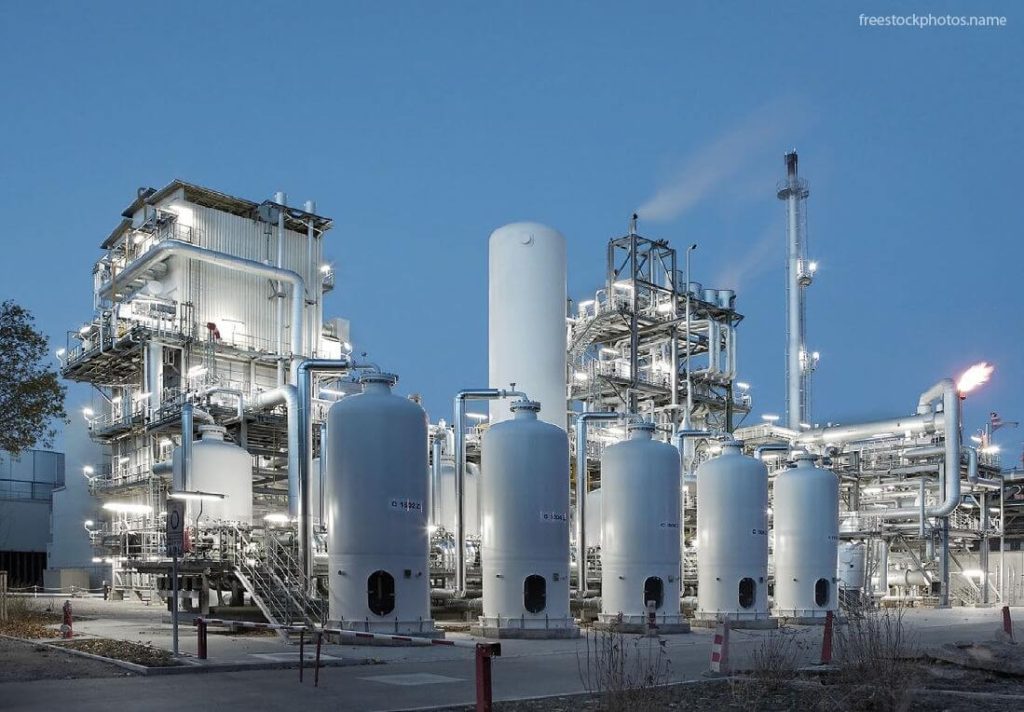The PPE, Energy, Industrial Real Estate, and IT sectors are considered leaders due to their alignment with global trends, essential roles in the economy, and strong growth potential. Here’s an analysis of why these sectors are at the forefront of economic leadership:
Digital Transformation: Businesses across all industries are adopting IT solutions for efficiency, scalability, and competitiveness.
Cloud Computing: Growing reliance on cloud services drives demand for data centers, software, and networking technologies.
AI and Automation: The adoption of artificial intelligence, machine learning, and robotic process automation (RPA) is revolutionizing industries.
Cybersecurity: Increasing threats have made IT security a top priority for governments and businesses.
Global Connectivity: The IT sector underpins the digital economy, from communication networks to financial systems.
Common Factors Across These Sectors:
Global Trends: These sectors align with mega-trends such as digitization, sustainability, and health consciousness.
Essential Services: They provide critical infrastructure, tools, and solutions that economies rely on.
Resilience: These sectors often exhibit stability during economic fluctuations due to their necessity or long-term growth prospects.
Innovation: Continuous advancements in technology and processes drive efficiency and open new opportunities.








These sectors lead because they address fundamental global needs—health, energy, logistics, and technology—and are well-positioned to benefit from long-term economic, societal, and technological changes. Their strategic importance and growth potential attract investment, making them pillars of the modern economy.
1. Personal Protective Equipment (PPE) Sector
Why the PPE Industry is a Leader It’s a Leader:
- Health and Safety Awareness: Increased awareness of workplace and public safety due to COVID-19 and stringent occupational safety regulations have driven demand.
- Global Pandemics: The need for PPE surged during the pandemic and remains a priority for healthcare, manufacturing, and other high-risk industries.
- Technological Advancements: Innovations in materials and design, such as antimicrobial coatings and breathable fabrics, are driving industry growth.
- Essential Nature: PPE is indispensable in many industries, including healthcare, construction, and chemical manufacturing.
2. Energy Sector
Why It’s a Leader:
- Energy Transition: The shift toward renewable energy sources (solar, wind, and hydrogen) is driving innovation and investments.
- Global Demand: Energy is fundamental to economic activity, with growing consumption in emerging markets.
- Sustainability Goals: Governments and corporations are prioritizing sustainability, leading to significant investments in green energy technologies.
- Geopolitical Importance: Control over energy resources remains critical for national security and economic stability.
3. Industrial Real Estate
Why It’s a Leader:
- E-commerce Boom: The rise of online shopping has created demand for warehouses, distribution centers, and logistics hubs.
- Re-shoring and Near-shoring: Companies are relocating manufacturing closer to home, boosting the need for industrial spaces.
- Supply Chain Evolution: Modern supply chains require advanced facilities with robotics, AI, and climate control.
- Investment Appeal: Industrial real estate offers stable, long-term returns, attracting significant capital from institutional investors.
4. Information Technology (IT) Sector
Why It’s a Leader:
- Digital Transformation: Businesses across all industries are adopting IT solutions for efficiency, scalability, and competitiveness.
- Cloud Computing: Growing reliance on cloud services drives demand for data centers, software, and networking technologies.
- AI and Automation: The adoption of artificial intelligence, machine learning, and robotic process automation (RPA) is revolutionizing industries.
- Cybersecurity: Increasing threats have made IT security a top priority for governments and businesses.
- Global Connectivity: The IT sector underpins the digital economy, from communication networks to financial systems.
Common Factors Across These Sectors:
Innovation: Continuous advancements in technology and processes drive efficiency and open new opportunities.
Global Trends: These sectors align with mega-trends such as digitization, sustainability, and health consciousness.
Essential Services: They provide critical infrastructure, tools, and solutions that economies rely on.
Resilience: These sectors often exhibit stability during economic fluctuations due to their necessity or long-term growth prospects.


